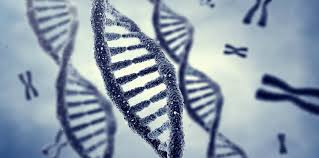A genotype is the genetic makeup of an organism. This describes the gene – the functional unit of inheritance in an individual, and their combinations. It is a set of instructions for the growth and the development of particular traits in the body, like a software.
Each genotype codes for a specific feature and gives rise to observable outward or physical attributes, called phenotype which mostly depends on the genotype and the environment.
The gene for a particular trait may exist in two forms called alleles in which one may be dominant (represented by a capital letter e.g. A) and another recessive (represented by a small letter e.g. a). These two are the building blocks of organisms which make us unique entities and are inherited from our parents.
When genotype is discussed in love and relationships, it is often about genetic disorders – diseases that can be passed from parents to their offspring, chief of which is sickle cell disorder in our environment.
Sickle cell disease is caused by two abnormal forms of haemoglobin, the oxygen-carrying component of red blood cells – one from each parent.
The haemoglobin gene in humans has four main types: AA, AS, and AC, SS. Only haemoglobin AA is normal while AS and AC are carriers, containing the abnormal gene but do not have sickle cell disease. Sickle cell disease develops when an individual inherits a defective haemoglobin genotype from each parent.
We can detect the genotype through blood testing. When selecting a partner hoping to produce children, it is imperative to factor in your haemoglobin genotypes for compatibility.
Carriers of the abnormal haemoglobin gene should marry individuals with a normal haemoglobin genotype (AA) to prevent sickle cell disease, a multisystemic lifelong disease that limits life expectancy and productivity, in their children.
Source: Guardian Newspaper




